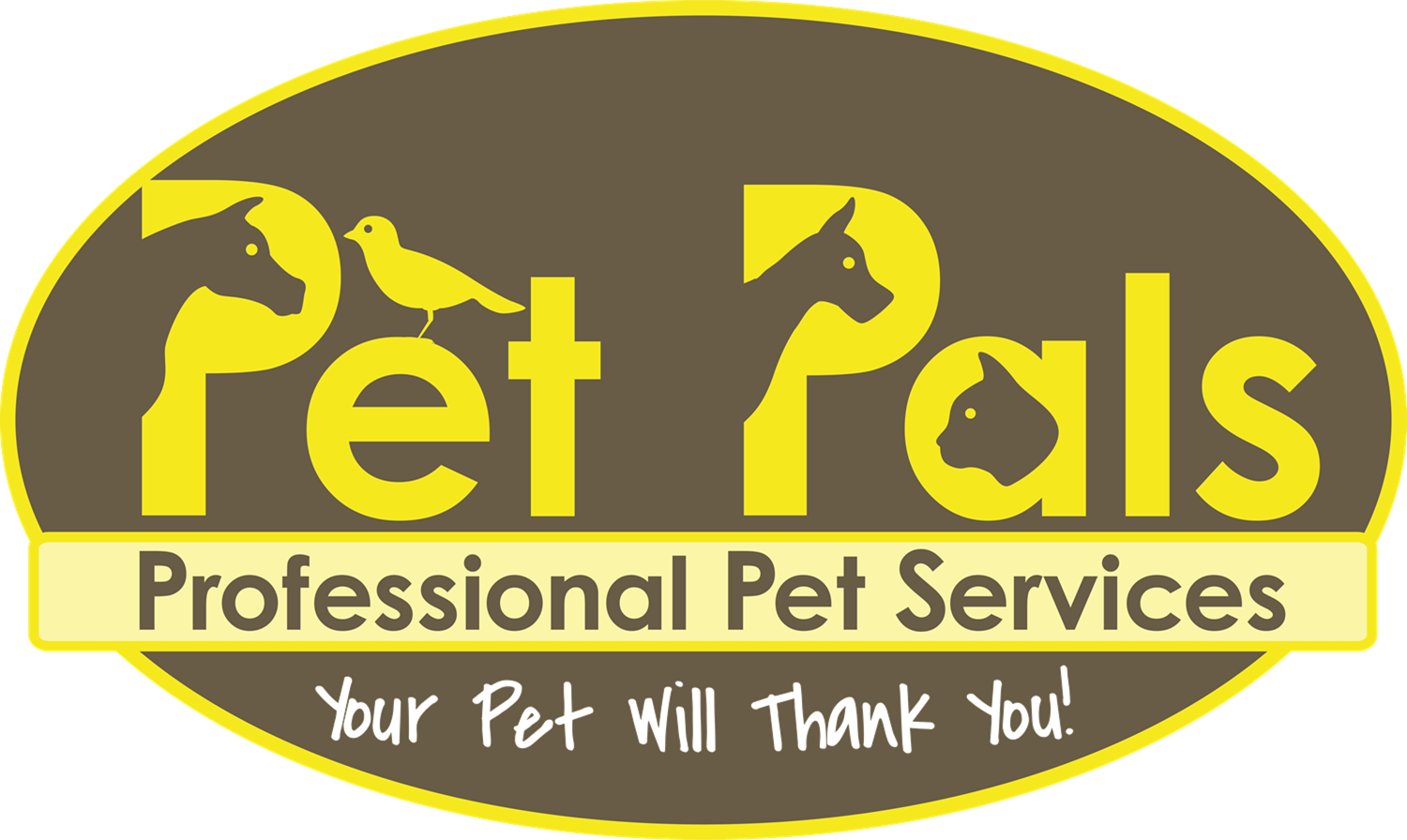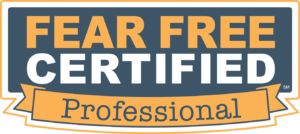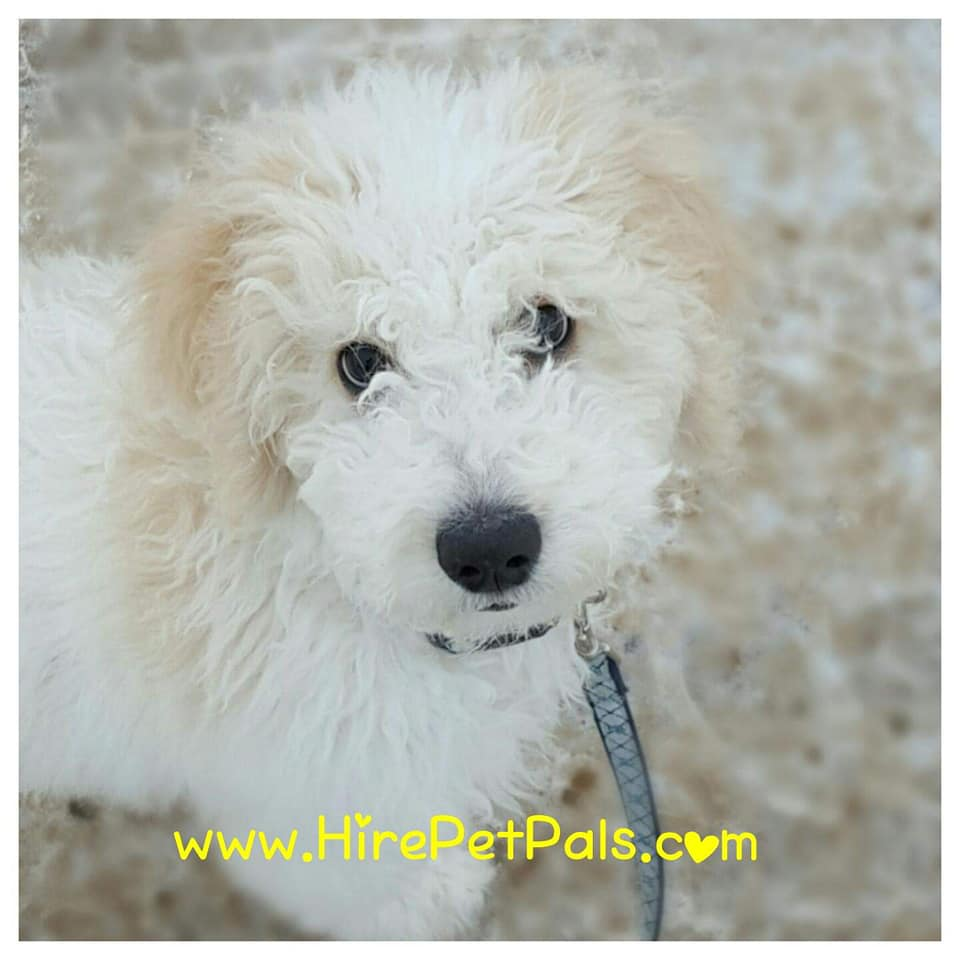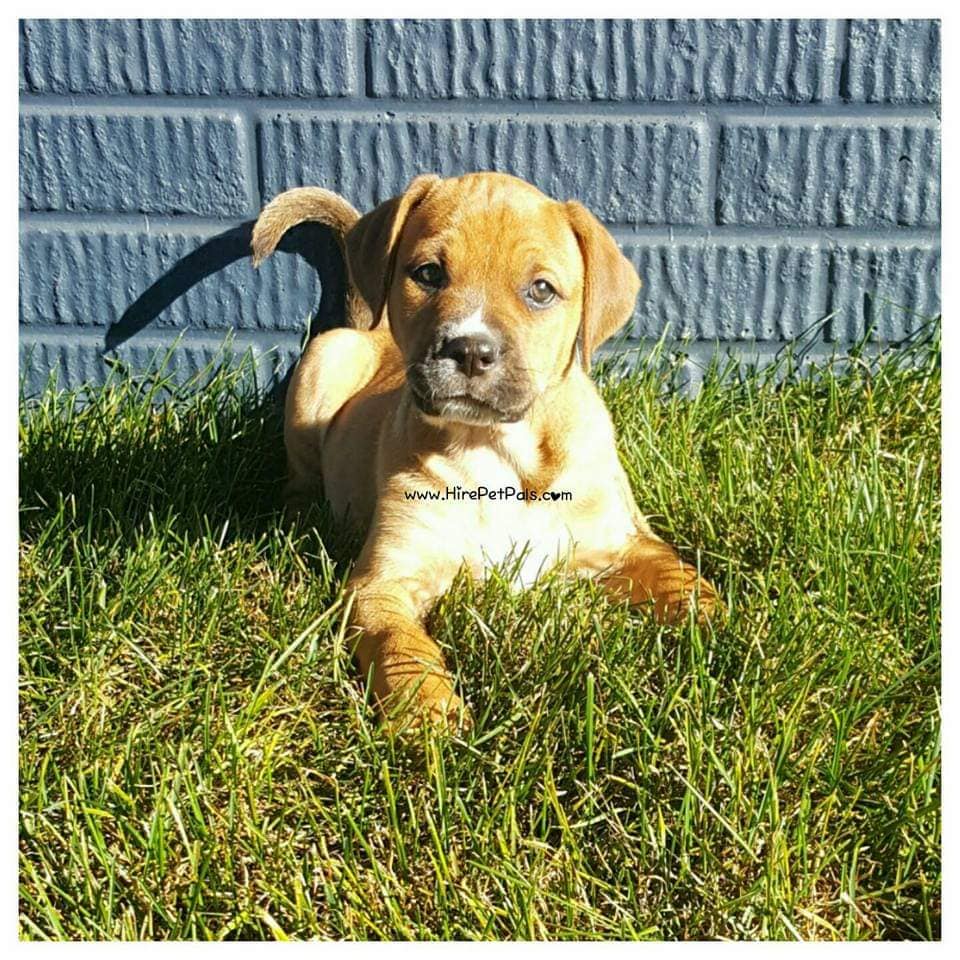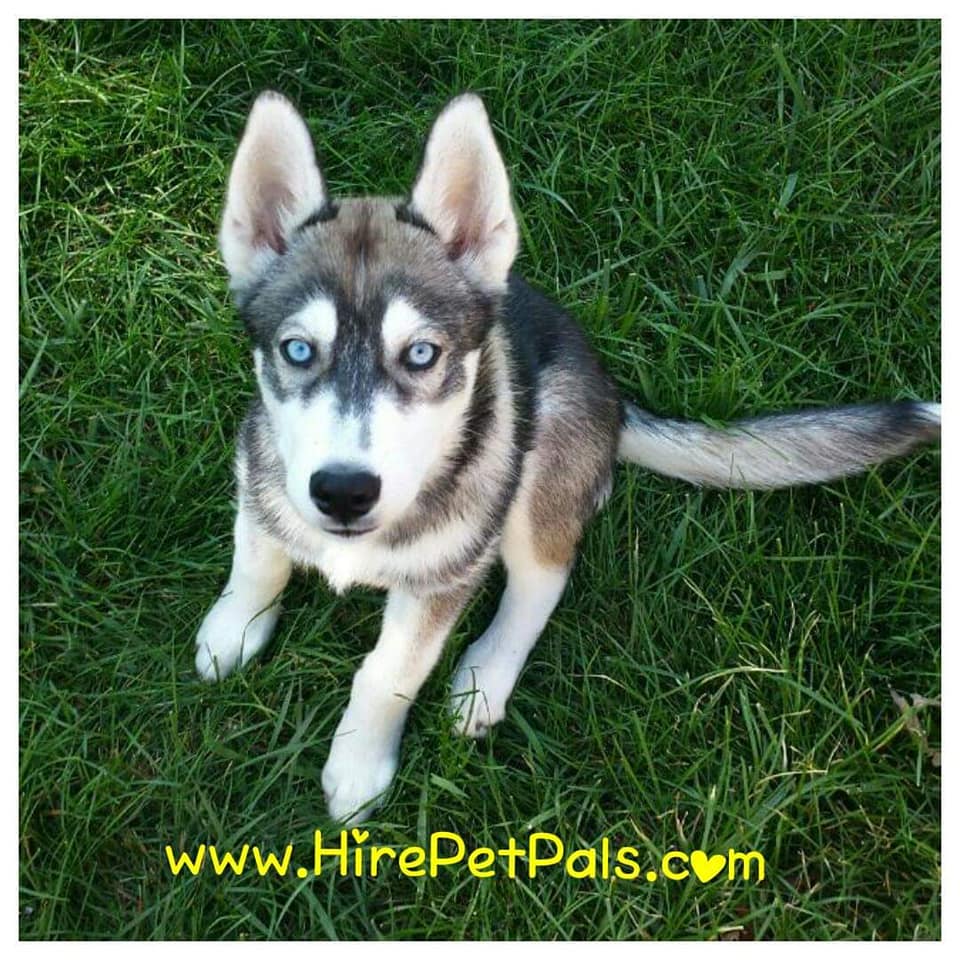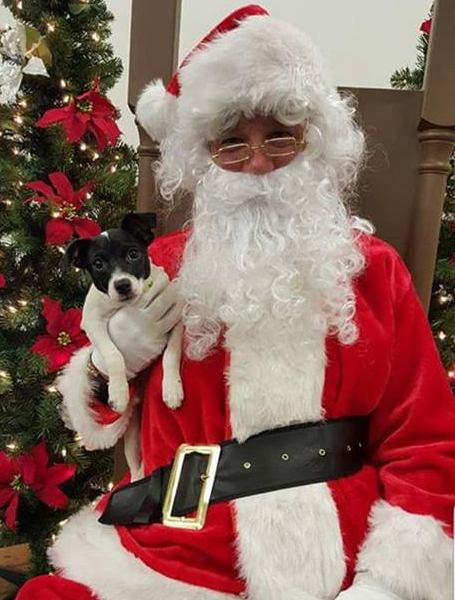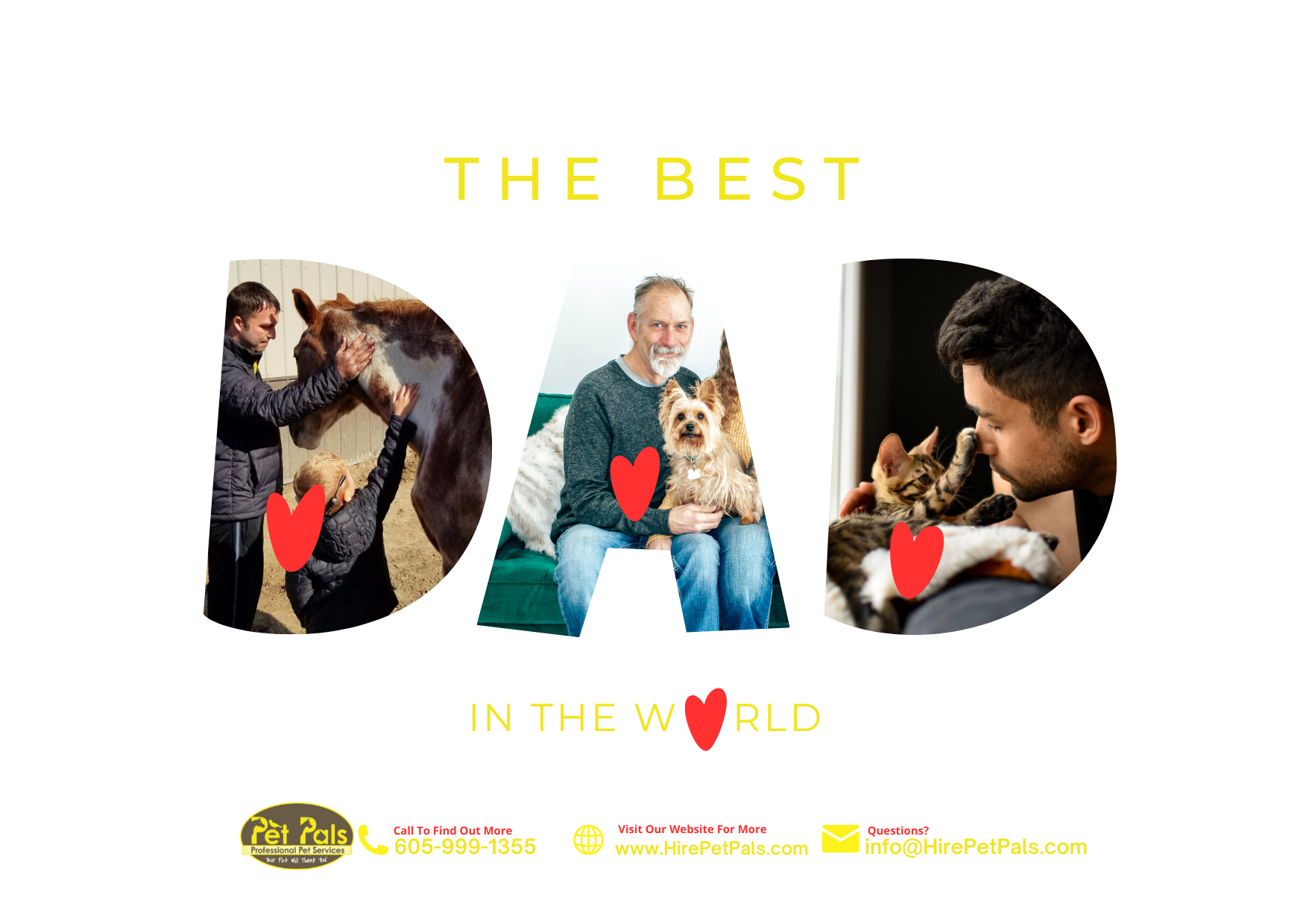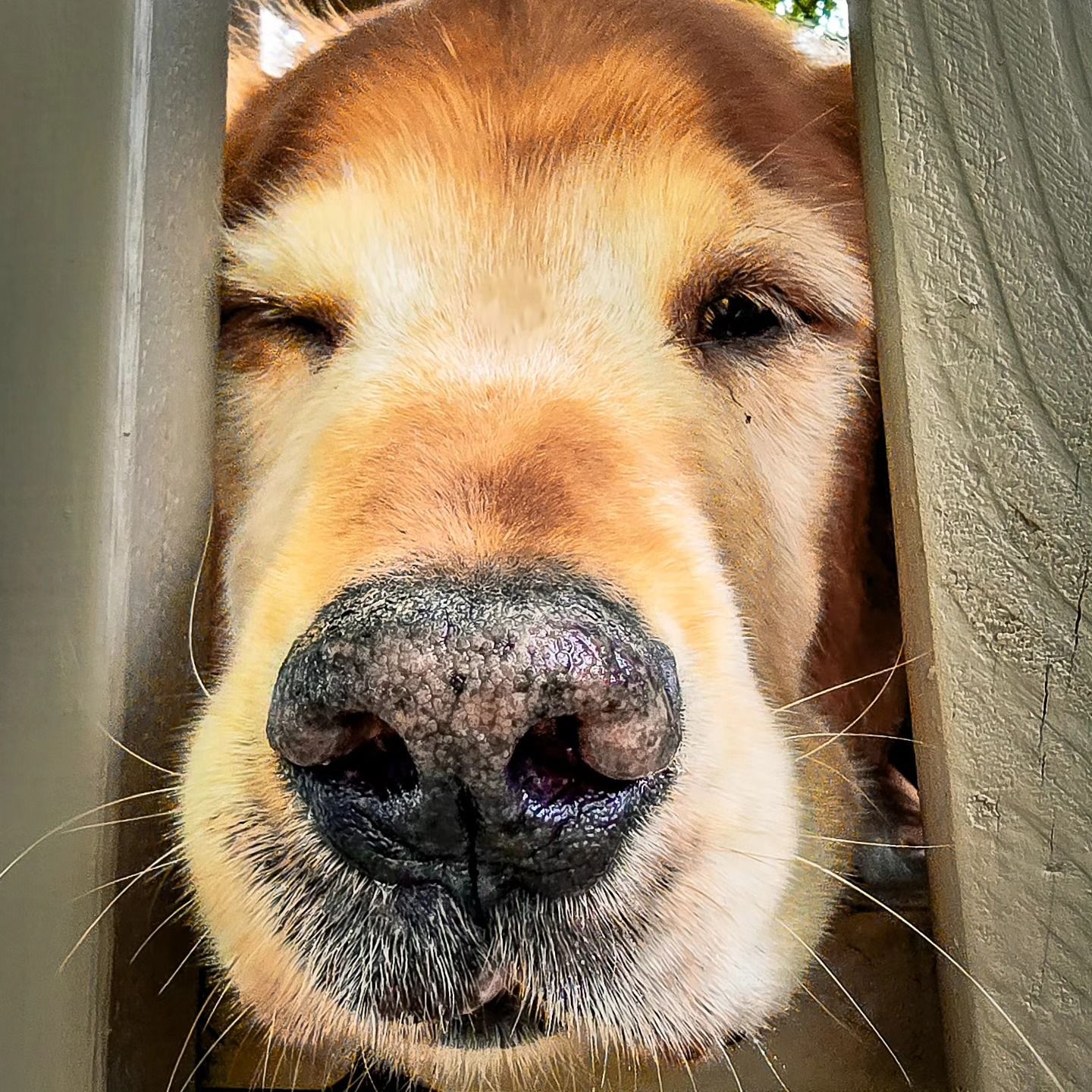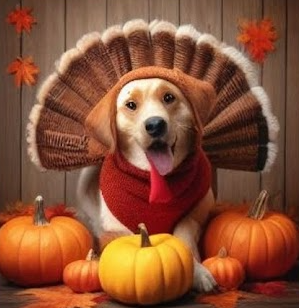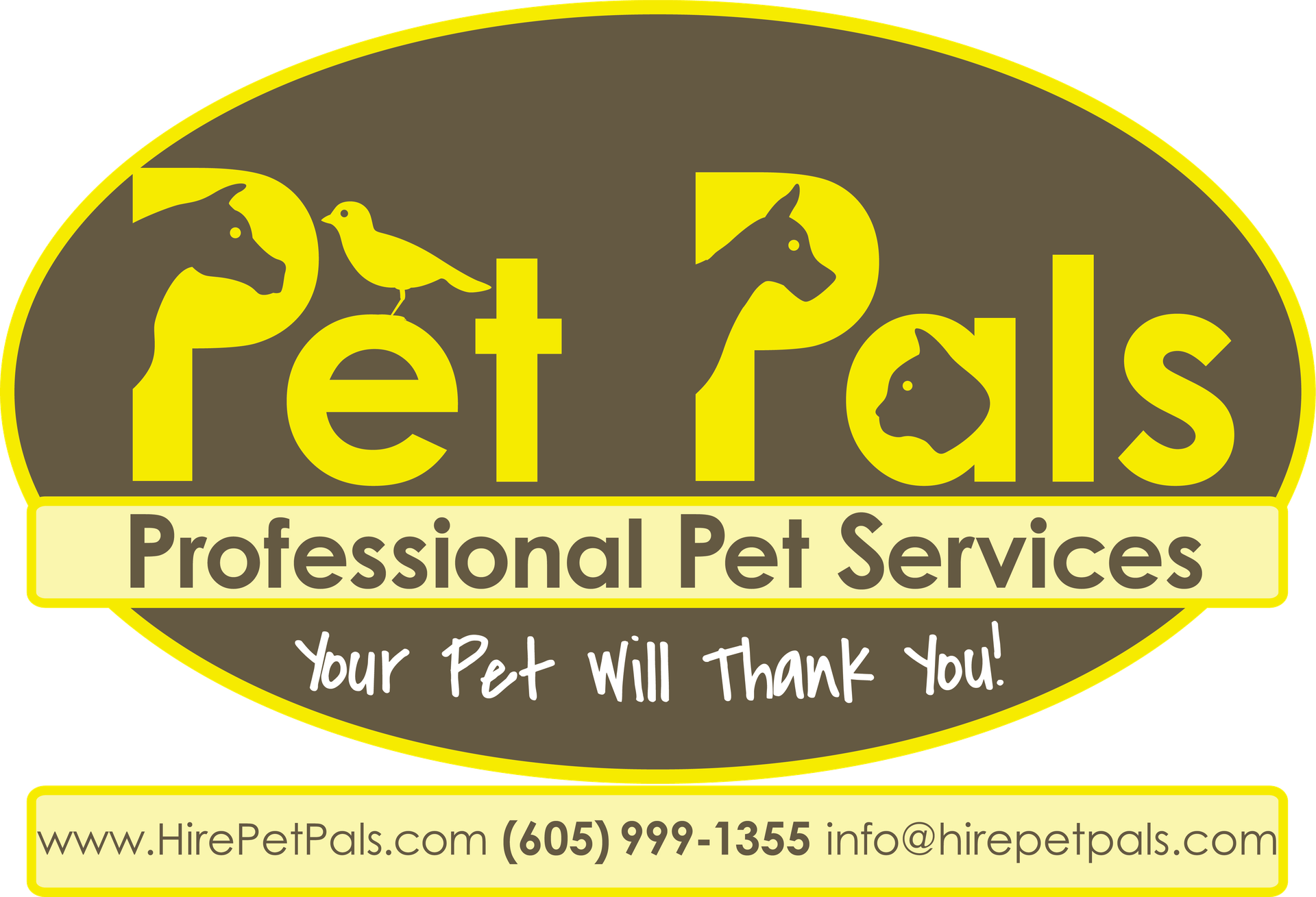Top Things Puppies Need
In random order
Are you waiting to bring your puppy home? Did you just bring your puppy home? Are you think about adding a puppy to your family? Read on!
Top Things Puppies Need:
1. Consistent Elimination Schedule
Puppies can generally hold their bladder for one hour per month of age
2. Puppy Feeding Schedule
A basic puppy feeding schedule until the puppy reaches 14 to 18 weeks old and then change to two meals a day unless otherwise directed by your veterinarian.
3. Exercise
It's often recommended that a ratio of five minutes exercise per month of age and up to twice a day until the puppy is fully grown. For example, 15 minutes (up to twice a day) when three months old, 20 minutes when four months old, etc. Fully grown dogs can, and often should, go for much longer.
4. Sleep
Research from multiple sources indicate puppies typically spend around 15 to 20 hours a day dozing and dreaming away at 3 months of age.
5. Socialization
Proper socialization can help puppies become well-behaved and happy companions. It's a good idea to help your puppy become acclimated to as many types of sights, sounds, and smells in a positive manner as you can.
6. Puppy Toys
Keeping your puppy entertained so puppy doesn’t become bored and then destructive is critical. One way to do that is with toys. Experts suggest around 5 to 6 puppy friendly toys of various kinds.
7. Puppy Accident Cleaner
Whether you prefer making your own cleaner or buying one from the store, it is important to clean up the poop/potty accident thoroughly.
All natural cleaner idea for urine:
Use undiluted white vinegar to soak the area completely and then let it sit for several minutes before blotting dry. Vinegar neutralizes the ammonia smell of urine, making it a good choice for cleaning. For additional help, use baking soda (sucks up the moisture of remaining urine and vinegar) to settle into the carpet fibers for about 15 minutes, then vacuum the area.
Young Living Thieves Household Cleaner.
8. Appropriately Sized Crate
They love the comfort and security of “their" space.
9. Collar, Leash, & Harnesses
Remember, puppies are new to “wearing” things. So look for a soft, adjustable collar that won’t irritate their sensitive neck. Also, leashes that are about four to six feet long tend to be ideal. Instead of attaching the leashes to their collars, use a harnesses. Remember, puppies can be susceptible to tracheal collapse and other injuries if too much pressure is applied to their throats.
10. Identification
Microchips - are usually implanted in the scruff of the neck, but don't cause any pain for your pet. They have no power supply, battery, or moving parts. Microchips are designed with an operating life of an average of 20 years, don't require care, and are only as big as a grain of rice.
Dog Tags - make a tag at your local pet store and place on your puppies collar with your contact information.
11. Food & Bowls
Up until about one year of age, your puppy will need a high-quality puppy food specially formulated for his age, size, and development. In other words, larger breed puppies are going to need different types of puppy food than smaller breeds.
Use ceramic or stainless-steel bowls that are easy to clean and won’t harbor bacteria the same way plastic does.
12. You
Ask yourself, “What Does My Puppy Need from me?” Along with early health screening, veterinary visits, plenty of socialization, and obedience training; your puppy is going to need consistency, patience, and lots of your love!
Together, these 12 things are critical to the foundation of raising a happy, healthy, and well-rounded puppy!
